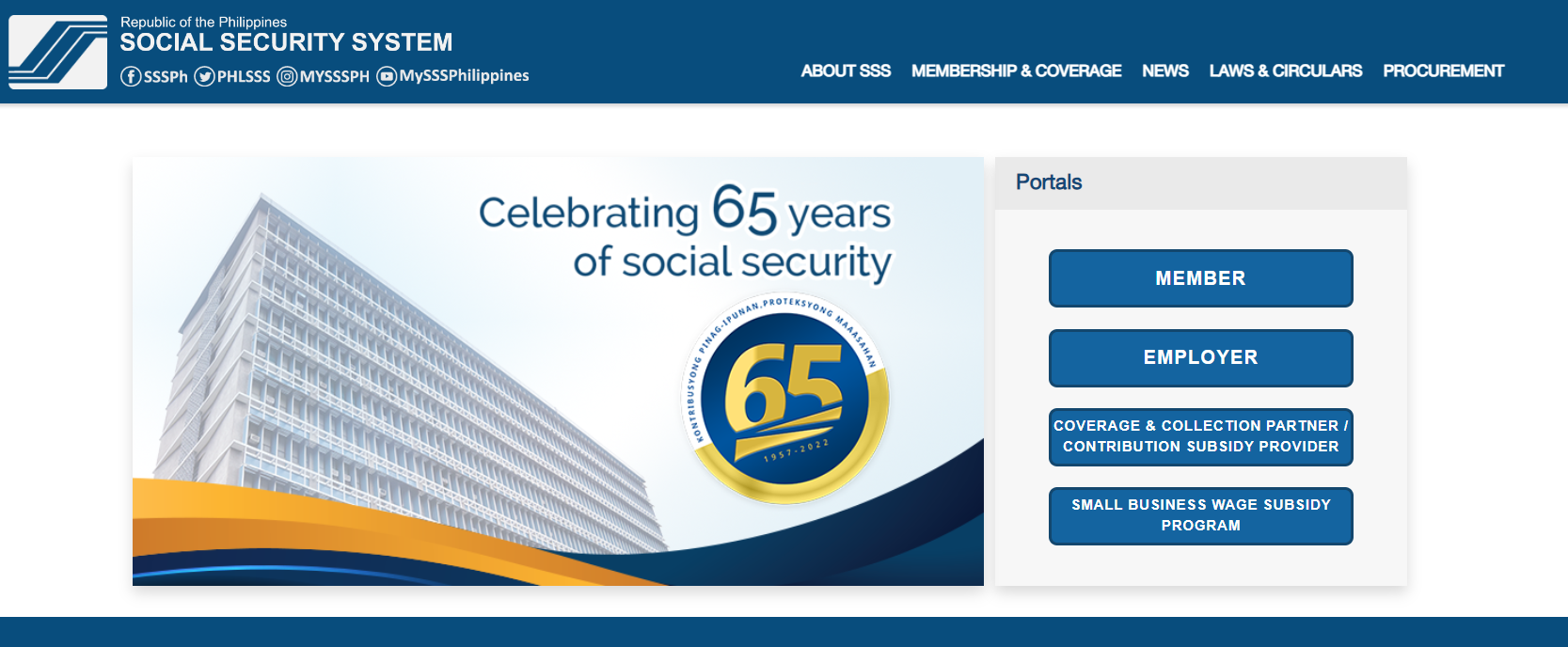Reimbursement Form SSS Maternity – If you are expecting, you can collect the money you require for your pregnancy by completing a reimbursement form for SSI Maternity. You need to keep certain things in mind. First, make sure that your salary is automatically deducted from. The second requirement is that you contribute at least three times every month during a 12-month window prior to delivery.
Step 1
You can apply for reimbursement of maternity benefits by completing the SSS Maternity Reimbursement Form in person or online. To substantiate your claim, you will need to present specific documents, such as a certified birth certificate or a properly registered death certificate for a stillborn kid. You must also give an accurate copy of your operating room record if you underwent a cesarean delivery. A pregnancy test and a hystopath report are also required.
Step 2
Women who work for SSS-member companies who are pregnant or recently gave birth are eligible for SSS maternity benefits. Benefits under this program are available to female workers who give birth naturally, by Caesarean section, or through an unplanned pregnancy termination. Additionally, it offers maternity benefits to SSS members who are unemployed women. Filling out a Maternity Reimbursement Form is the first step in making a claim for this reimbursement.
Step 3
If you work for yourself and want to get SSS maternity benefits, you must submit the maternity reimbursement form and let SSS know that you are expecting. A valid UMID or SSS biometrics ID card as well as a minimum of two other identification documents bearing your photo and date of birth are also required.
Step 4
To ensure a smooth process, it is essential for members to include their anticipated delivery date on the SSS Maternity reimbursement form. While the OB-Gyn will provide this information, it is the member’s responsibility to determine it based on their last period. By considering whether their last period occurred three months ago or one year and seven days ago, members can accurately estimate their anticipated delivery date and provide the necessary details on the form. This ensures that reimbursements can be processed efficiently by SSS.
Step 5
You must file an SSS Maternity reimbursement form in order to be qualified for maternity leave. Your anticipated delivery date will need to be disclosed. Your OB-Gyn will confirm this. You’ll also need to know when your last period was and what month you had. 60 days of leave are yours if you have a typical delivery. However, you will be qualified for 78 days of leave if you had a cesarean delivery. Your leave will be computed by the SSS using the calendar year, which takes Saturday and Sunday into account. Your employer will write a cheque and pay it to SSS on your behalf once you have filled out all the necessary information.
Step 6
To ensure a smooth and hassle-free process of claiming your SSS maternity benefits, it is imperative that you complete and submit the Maternity Reimbursement Form. Additionally, to verify your identity, please remember to provide two additional legal identifications that feature both your photograph and date of birth. This is in addition to presenting your UMID and SSS biometrics ID cards. By adhering to these requirements, you can confidently receive the benefits you deserve with utmost efficiency.
Step 7
A self-employed member must complete the required paperwork in order to be qualified for an SSS maternity reimbursement. These include an SSS biometric ID card and the UMID. They must also provide two more forms of identification, at least one of which bears their photo and date of birth.
Step 8
You need to submit the correct form if you wish to take advantage of the SSS Maternity reimbursement program. The SSS must receive this form within 60 days of the day your pregnancy has been verified. A Maternity Notification is what this document is called. The paper will be accepted by the SSS as evidence of your pregnancy.
Step 9
The right paperwork must be submitted in order to request a maternity reimbursement if you are an employed SSS member. It needs to be submitted before your first trimester’s due date. You must also present a UMID or SSS biometric ID card. You must also show two other legal IDs, one of which must have a photo and your date of birth.
Step 10
Completing the required paperwork for your SSS Maternity reimbursement is a crucial step in the process, and it comes at Step 10. To ensure a smooth and successful submission, you will need to provide specific documents. This includes your UMID and SSS biometric ID card, along with two other legal identification cards that must have both a photo and date of birth. Rest assured, having these documents ready will greatly facilitate the reimbursement process.

